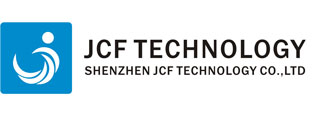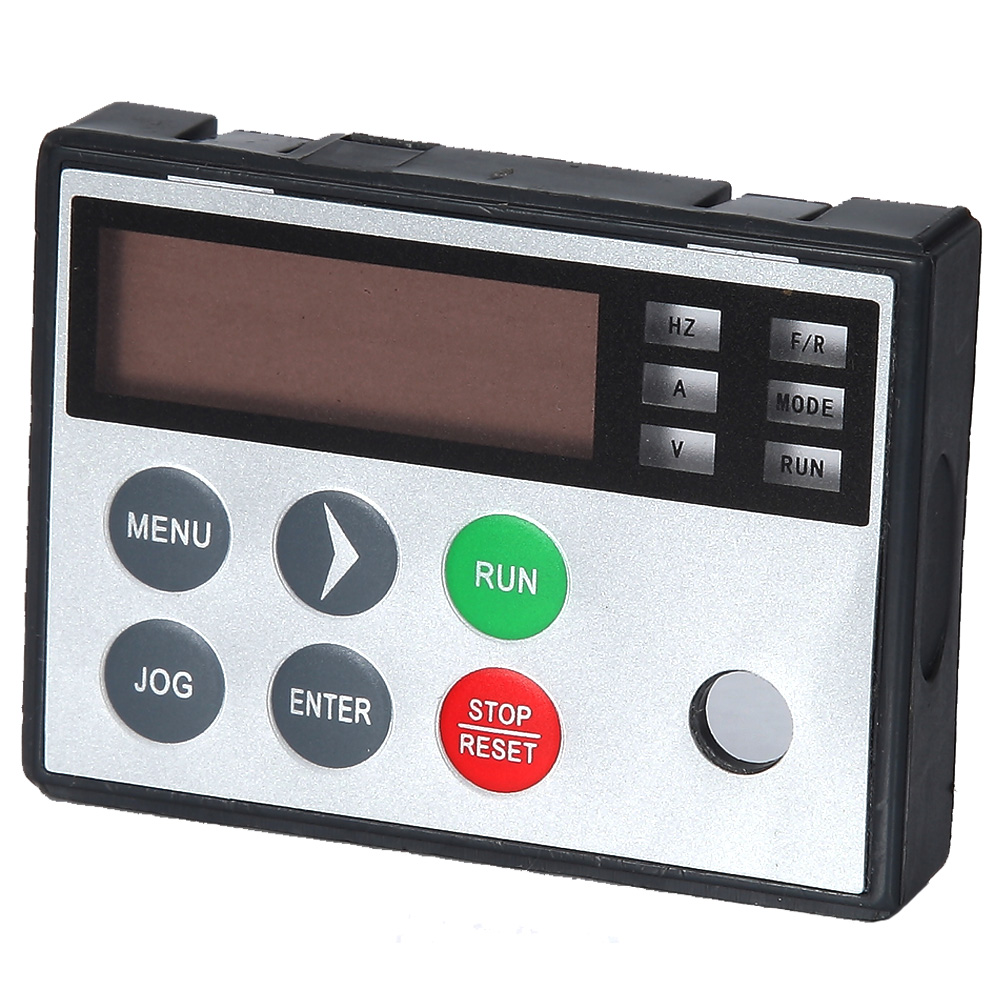
 Tel: +86755-27523807 +8613715205860(wechat/whatsapp)
Tel: +86755-27523807 +8613715205860(wechat/whatsapp) Email: jcf@jcftechnology.com
Email: jcf@jcftechnology.com

 Tel: +86755-27523807 +8613715205860(wechat/whatsapp)
Tel: +86755-27523807 +8613715205860(wechat/whatsapp) Email: jcf@jcftechnology.com
Email: jcf@jcftechnology.com
Membrane switches need to be inspected in raw materials, during production and after production, to check whether the produced membrane switches are qualified and meet the requirements. Membrane switch factories must strictly require themselves to be able to produce high-quality membrane switch panel products. Let’s first understand what aspects of membrane switch panels should be inspected.
In what ways is the membrane switch panel qualified?
1. Appearance: There must be no residual data scraps, foreign matter, stains, height, grease attached to the outside and inside, fingerprints on the circuit, and burrs of the punching appearance. Scars: All circuits and contacts must not have cuts running through the surface and the inside. Minor scratches are also based on the principle of not affecting its impedance. Carbon ink is easy to have scratches on the surface, and the scratches are based on the principle that they do not affect the line conduction. Foreign matter: The circuit must not have any foreign matter attached to it.
2. Circuit conductive parts: The thickness of the parts is usually controlled within 7-12μm, and should be uniform and smooth. Conductor defects and pinholes: According to the usual norms, one is allowed within each 50mm range. Carbon ink: The carbon ink covered on the silver paste circuit should be completely covered with the Carbon paste, and its thickness is 8-10μm, and there should be no significant silver paste protrusion. Open circuit, short circuit should not have any such phenomenon with conductor.
3. Insulation printing: No insulating ink should be attached to all contact points of the membrane switch keypad. The insulating ink surface should be flat to prevent any defects such as bubbles or pinholes from affecting the insulation. Adhesion strength: After the insulating ink is dried, put the ink surfaces against each other and press for 24 hours to ensure that the insulation does not stick to each other. After attaching it with pressure sensitive tape, press it without bubbles for 1 minute, then it peels off quickly without ink drop. Bridge circuit: All parts of the bridge circuit are in accordance with the requirements of circuit conductors, and all bridge circuit products must pass 100% open and short circuit tests and insulation resistance tests. Ensure that there is no open, short circuit and insulation resistance should be greater than 500MΩ (500VDC for 1 minute).
4. Mechanical properties: stamping burrs and mold bending dimensions: stamping burrs and bending dimensions should not be greater than 0.2mm, and the orientation should be toward the side without conductors, and the upper and lower circuit positions are offset: the middle positions of the switch contacts of the upper and lower circuits are mutually opposite The allowable deviation tolerance is Ф0.2mm.
5. Raw materials: substrate sheet, silver paste, carbon ink, separator, adhesive, reinforcement board, insulation printing should all comply with the drawing rules.
6. Product appearance shape: appearance shape, conductor circuit, insulation layer, back liner combination, etc. should conform to the drawing rules or the actual original samples provided by the customer.
